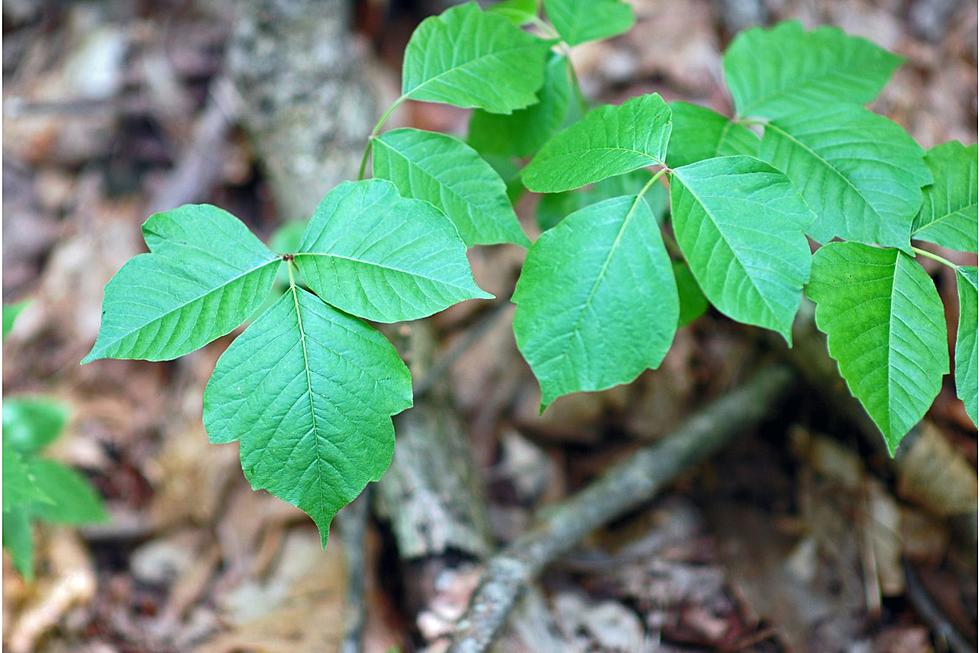
Love Nature Trails? Make Sure You Avoid These 5 Michigan Plants
Admittedly, I did NOT check out what local flora I should be aware of before venturing out on all of the nearby nature trails. But, as it turns out, there are several plants that fellow nature trail enthusiasts should be on the lookout for.
Recently, I got myself lost in the Fred Mclinden Nature Trails. The trail is about 2 miles long so how I got so turned around I'm not sure. Clearly, navigation is not something that comes naturally to me. I wasn't panicked, though, because I could hear the road. I knew in the worst case scenario I'd be able to wade my way through the trees and shrubs and land on the main road.

Thankfully, it didn't come to that. However, several parts of the trail were a little overgrown and I, in my bike shorts, had zero hesitation towards letting every plant and vine brush up against my bare skin. It wasn't until I got home that I realized that my little hike on a nature trail could have ruined my day if I had encountered the wrong plant.
With that being said, here are at least 5 plants you should be on the lookout for next time you venture into the woods, be that on a nature trail or otherwise (along with videos on how to identify them):
1. Poison Ivy
Perhaps the most obvious and widely discussed plant, poison ivy causes an allergic reaction on your skin thanks to its oily residue. The rash produced can be very itchy, can last for a few weeks, and may require a doctor's visit. Mild cases can be treated at home. As well, some people are simply not sensitive to it and may have no reaction. Read more on the Mayo Clinic's website.
2. Giant Hogweed
According to crawfordinsurancegroup.com, the Giant Hogweed is the most dangerous plant in Michigan. The listed symptoms are blisters that become dark and pigmented within 48 hours, scarring that can last up to 6 years, long-term sensitivity to sunlight. Read more here. Because of that, it's illegal to transport or sell across state lines. Thankfully, it's rare and hard to miss. The Giant Hogweed plant can grow anywhere from 8-12 feet and, ultimately, only 2% of reported sightings end up being actual Giant Hogweed.
3. Poison Hemlock
Poison Hemlock is common in west Michigan, according to empoweringmichigan.com. The toxin the plant contains, whether ingested or absorbed through the skin, can cause a number of severe symptoms like:
- dizziness
- respiratory issues
- paralysis
In extreme cases, this plant can even cause death. Unfortunately, a lot of these plants look similar to harmless plants which is why it's so important to know how to identify them.
4. Wild Parsnip
Wild Parsnip is mentioned on several different websites as a plant to be wary of. Empoweringmichigan.com says that this plant is often times found growing on the side of the road in Michigan. They look similar to the Giant Hogsweed plant (as well as Queen Ann's Lace) with the exception of yellow flowers versus white ones.
The reason you want to avoid the sap from this plant is because it causes something called Phytophotodermatitis which makes skin incredibly sensitive to UV light. The condition can also cause discoloration, severe blistering and even blindness should the sap come in contact with your eye.
5. Poison Oak
Just like the first plant on our list, Poison Oak is a very common plant that can be found pretty much anywhere. According to crawfordinsurancegroup.com, the oils on the Poison Oak plant cause irritation and a painful, itchy rash that may need to be treated by a doctor. The plant can look like a shrub or like a vine crawling up a tree and would be easy to accidentally brush up against.
All of the above listed plants cause reactions based on contact with your skin. There are a number of other plants that grow in Michigan that you should avoid eating. Berries, for example, may look appetizing but, you need to make sure what you're eating won't harm you. You can find a list of safe-to-eat berries that grow in the wild here.
And to all my fellow nature trail hikers (even the ones who get lost on a 2 mile hike), as you're enjoying the numerous nature trails in S.W. Michigan make sure you stay diligent and avoid these plants!
KEEP READING: See 25 natural ways to boost your immune system
Dogs on Kayaks in Michigan
More From 100.7 WITL









